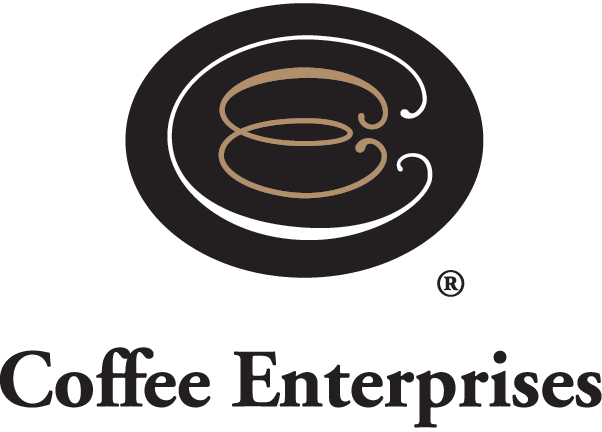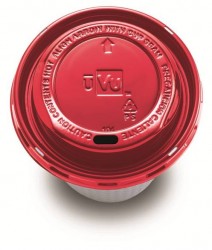Thoughts on Safety for Handling Hot Beverages at Coffee Drive-Thrus
I was reading with interest an article by Jon Delano on CBS Pittsburgh’s website about the increase in the number of drive-thru coffee shops in the Pittsburg area. (Read Here)
Ed Arvidson, of Expresso & Coffee Consulting in Oregon, consults nationwide with anyone who wants to open up drive-thru coffee kiosks, and his take on the uptick in drive-thrus is that, as usual, convenience trumps all; we are a nation on the move, in cars, and “it only makes sense that people rushing to work would like to grab their cup of joe or latte or cappuccino out of a drive-through window and not have to leave their car.” After doing a little research on the most recent information on drive-thrus, only briefly distracted by all the kinds of businesses providing these services – “Famous Drive Thru Wedding Super Sized! Las Vegas, Starting From $349.00!” (who knew?) I came away armed with all kinds of information about drive-thru performance studies. Interesting information was presented about what is considered the gold standard in time spent in line for optimum customer service satisfaction. This year has seen an increase in the amount of time spent in line – hovering over 200 seconds per customer at several fast-food restaurants – and finds the recent slowdown in service time is a result of menu bloat.
Speed of service does not always equal safety.
One thing that was noticeably absent in discussing speed times in regards to the drive-thru window experience was any mention of the increased safety risks that is prevalent in the inherent nature of the pass off. Coffee Analysts’ Dan Cox discusses some of these issues in his book Handling Hot Coffee; Preventing Burns, Spills and Lawsuits and here in the lab we spend some time thinking about this issue. Everyone knows that brewed coffee is hot and we know that in order to taste good, coffee has to reach a certain temperature in order to have proper extraction. The coffee industry approach is that coffee needs to be prepared and served hot, and while industry standards for coffee brewing and holding temperatures are above the skin pain and burn threshold, it can be served safely. Preventing spills, burns, and lawsuits while maintaining industry standards needs to become best practices.

Pipatsattayanuwong, S., H.S. Lee, and M. O’Mahony. “Hedonic R-Index Measurement of Temperature Preferences For Drinking Black Coffee.” Journal of Sensory Studies 16.5 (2001)
Studies about consumer preference of coffee temperature, referenced in the chart above, show temperature well above the burn threshold. Industry standards for home and commercial brewers are the in 185 – 200 degree Fahrenheit range. Handling Hot Coffee recommends that fast food purveyors have a training program in place to educate employees and be made aware of safe practices.
Before a spill, train employees in safe beverage hand-offs, proper temperature settings for hot beverages, and burn first aid.
After a spill, offer first aid to the injured party and make sure the facts surrounding the incident are recorded:
- Temperature settings of machines involved
- Exact time and location of spill
- Any cups/lids involved
- Employee witness statements
- Pictures of spill and videos of spill
- Fill out an accident report
Most coffee retailers pay little attention to coffee lids as they are just part of the cup combination, but they are the heart of most lawsuits. To obtain a well secured lid that is also easy to open (but not too easy) is not as simple as it sounds. Since most drive-thru retailers “lid” the coffee before handing it to the customer, it needs to be secure. Safety is impacted by the fact that 65% of consumers add a condiment to their coffee and by doing so take the lid off and inadvertently squeeze the cup so firmly that it may cause coffee to spill; on any given day there are probably a few litigation cases in process involving spilled hot beverages (mainly coffee, but also tea and hot chocolate) and lids are an important safety element.
uVu Technologies is addressing these safety concerns and this type of forward thinking is going to result in a safer experience at the drive-thru. Coffee Analysts would like to see a new set of industry standards. What can you as coffee sellers do?
~Agree on a universal warning symbol
~Create industry standards for cups
~Create industry standards for lids
~Publicize cases where the defendant has won a lawsuit
~Publicize articles on why coffee needs to be hot.
In an era when convenience and quality are usually far apart, safety must always be addressed by both. In a fast food service drive-thru, a fast food restaurant, or your favorite specialty coffee shop’s new drive-thru window, attention must be paid to the safety aspects of serving hot coffee.


